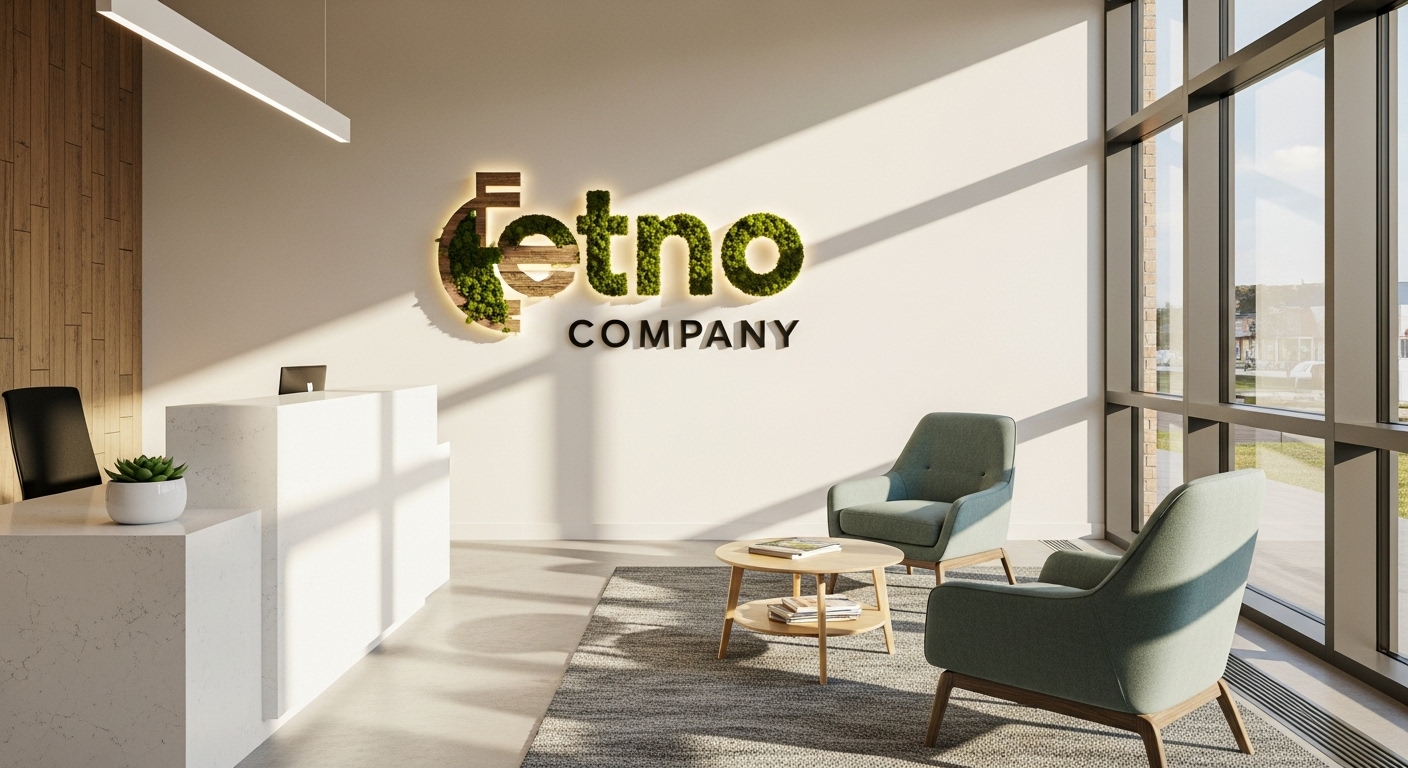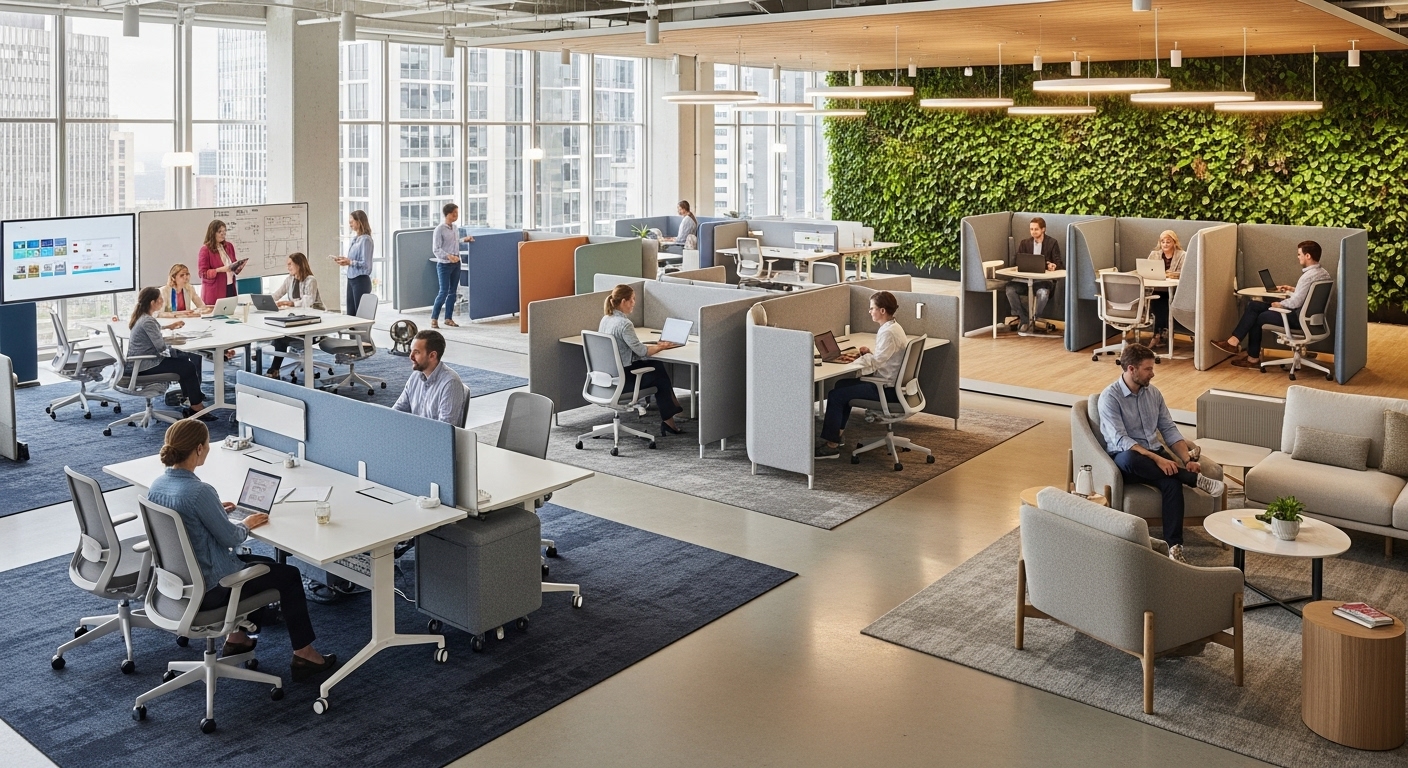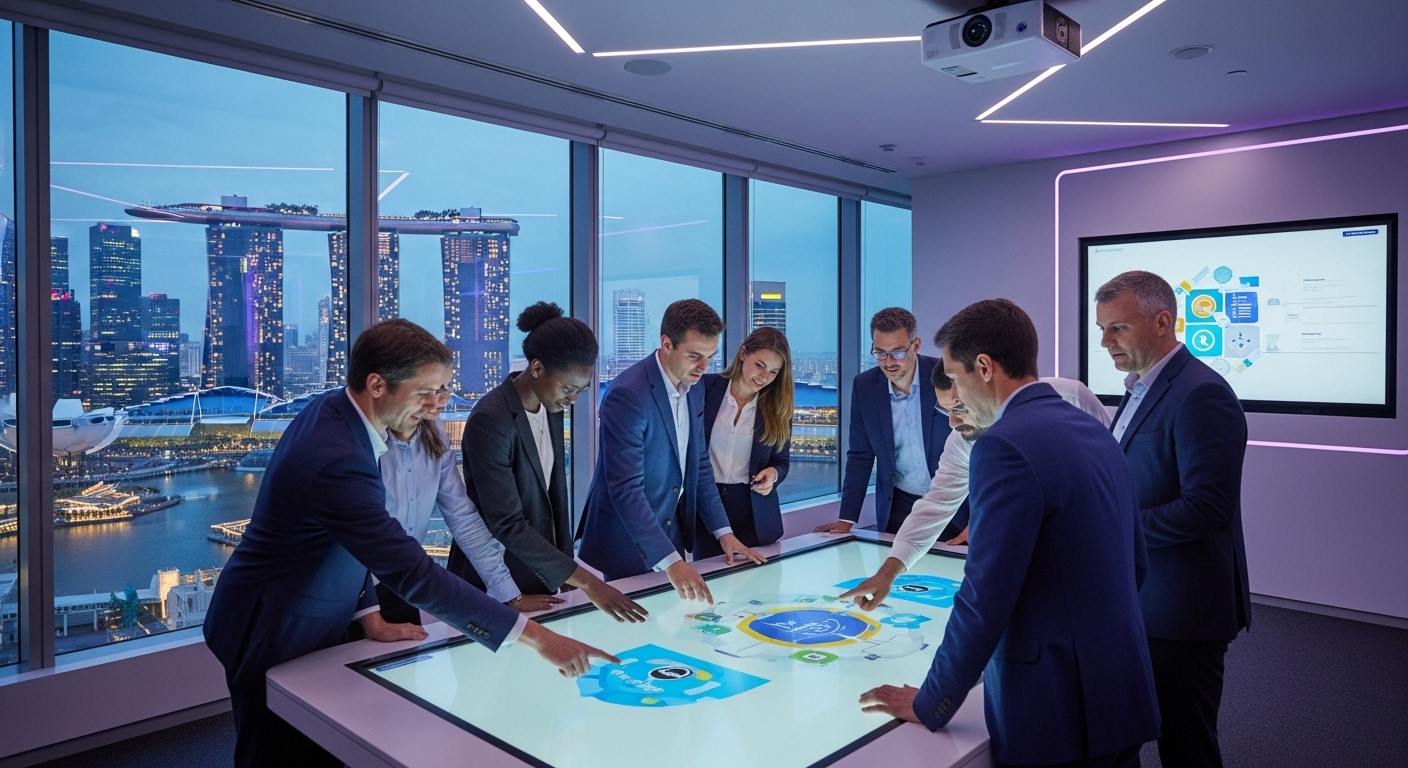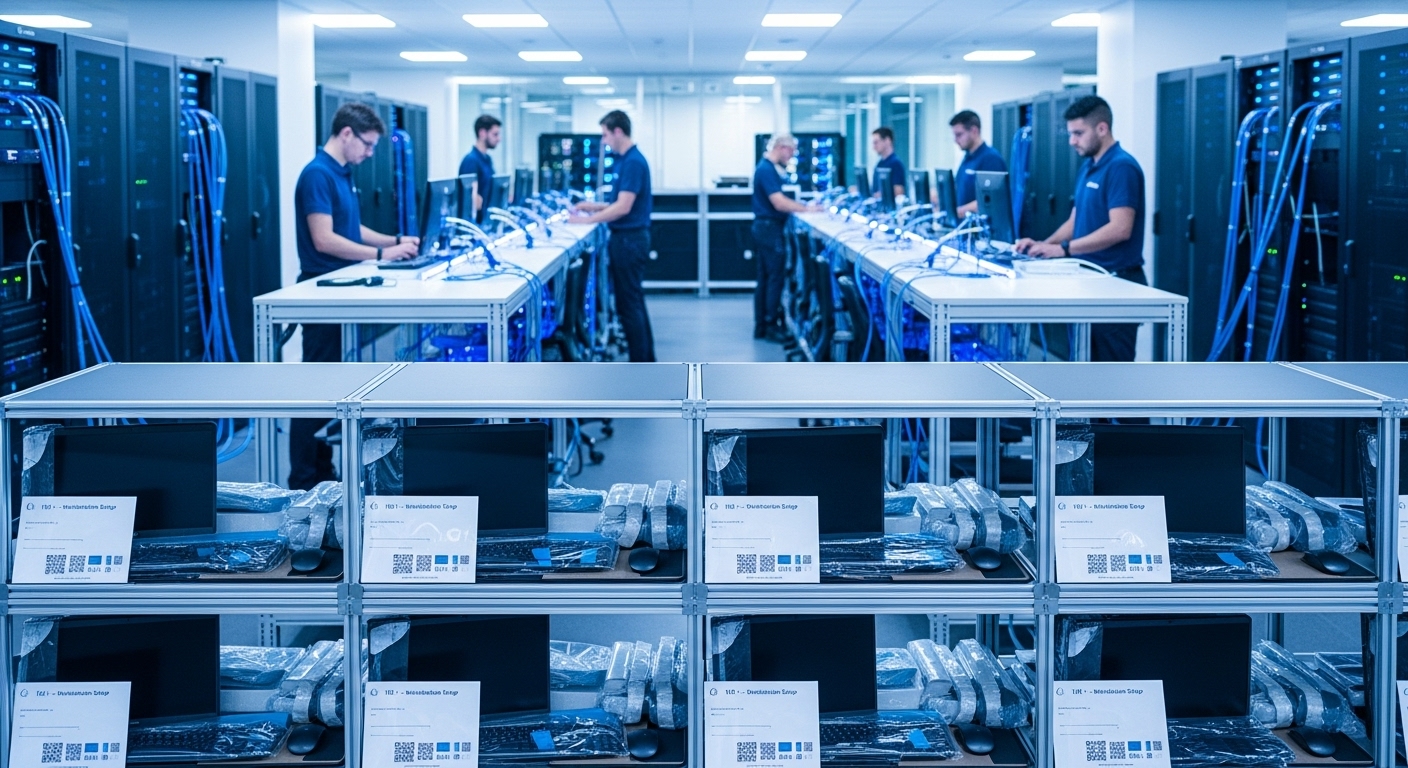In an era where a company’s identity is scrutinized more than ever, the physical workspace has evolved from a mere operational necessity into a powerful storytelling medium. Your office is no longer just a collection of desks and chairs; it’s a living, breathing embodiment of your brand’s values, mission, and culture. Moving beyond the surface-level application of logos and corporate colors, a truly branded space creates an immersive experience that resonates with employees, clients, and partners alike. As businesses redefine the purpose of the physical office in a hybrid world, creating a destination that authentically reflects identity has become a strategic imperative. This guide provides a practical framework for translating your abstract brand principles into a tangible, multi-sensory environment. We will explore how to deconstruct your brand’s DNA for design, leverage the psychology of color and materials, and integrate technology to craft a workspace that doesn’t just house your brand, but actively communicates it.
From Mission Statement to Mood Board: Translating Values into Visuals
The foundation of an authentically branded space lies not in aesthetics, but in identity. Before selecting a single paint color or piece of furniture, you must first deconstruct your brand’s core DNA. This process begins with a deep dive into your mission statement, vision, and, most importantly, your core values. Are you innovative, transparent, traditional, or disruptive? Gather a cross-functional team of leadership and employees to workshop these concepts. Brainstorm keywords that define your culture and then translate them into tangible design attributes. For example, a value of ‘transparency’ might translate to glass walls, open-plan collaborative areas, and accessible leadership offices. A value of ‘sustainability’ could be expressed through the use of reclaimed wood, biophilic design with living plants, and energy-efficient lighting. The goal is to create a design language that is unique to your organization. The output of this phase should be a comprehensive mood board or physical brand guide. This isn’t just a collection of pretty pictures; it’s a curated palette of approved colors, textures, materials, and typographic styles that will serve as the blueprint for every design decision, ensuring consistency and authenticity throughout the space.
More Than Paint: The Strategic Use of Color and Materials
Once your brand’s DNA is defined, color and materials become your primary tools for expression. This goes far beyond simply painting a feature wall in your logo’s primary color. Color psychology plays a critical role in shaping the mood and energy of a space. For instance, blues and greens can create a sense of calm and focus, making them ideal for concentration zones, while vibrant yellows and oranges can stimulate energy and creativity, suiting collaborative hubs. The key is to develop a cohesive palette that incorporates primary, secondary, and accent colors in a balanced way. Materials are equally important, contributing to the tactile and visual experience of the brand. A tech startup aiming for a sleek, innovative feel might opt for polished concrete floors, exposed metal ductwork, and minimalist furniture. In contrast, a firm wanting to project stability and trust might choose natural oak, warm textiles, and stone accents. Textures add another layer of depth; the roughness of brick, the smoothness of glass, and the softness of upholstery all communicate subtle messages about your brand’s personality. By thoughtfully selecting and combining these elements, you create a rich, layered environment that wordlessly communicates what your company stands for.
Furniture as a Statement: Aligning Function with Brand Philosophy
Furniture is one of the most significant investments in any office fit-out, and it should be treated as a critical branding element, not just a functional commodity. The pieces you choose are powerful communicators of your company’s philosophy on work, collaboration, and employee well-being. A company that prides itself on agility and flexibility should invest in modular, reconfigurable furniture that allows teams to adapt their environment on the fly. Lightweight tables on casters, movable whiteboards, and stackable stools all support a dynamic workflow. Conversely, a law firm or financial institution might select more traditional, stately furniture from high-quality wood and leather to convey an image of permanence and authority. The choice between individual desks and large, custom-built collaborative tables makes a strong statement about your emphasis on individual focus versus teamwork. Furthermore, investing in high-quality ergonomic chairs and sit-stand desks sends a clear message that you value your employees’ health and well-being, which is a powerful brand attribute in today’s competitive talent market. Every chair, table, and storage unit should be a deliberate choice that reinforces the central narrative of your brand.
Designing the Journey: Crafting Brand-Centric Zones and Pathways
A well-branded office tells a story, and that story unfolds as a person moves through the space. This concept, known as spatial storytelling, involves intentionally designing the journey for both employees and visitors. The experience should begin the moment someone steps through the door. The reception area is your ‘Chapter One’—it must make an immediate and lasting impression that perfectly encapsulates your brand. Is it a vibrant, high-energy space with a digital welcome screen and a coffee bar, or is it a serene, quiet zone designed to be calming? From there, you can design distinct zones that cater to different work modes while reinforcing different facets of your brand’s personality. For example, you might create a high-energy ‘Innovation Hub’ with colorful, flexible furniture and writable surfaces. Elsewhere, you could design a library-like ‘Deep Work Zone’ with acoustic paneling, individual pods, and dimmed lighting. Social areas, like kitchens and lounges, should reflect the brand’s approach to community and relaxation. The pathways connecting these zones are just as important. Use flooring, lighting, and subtle environmental graphics to guide people through the space and create a cohesive and intuitive experience that reinforces your brand narrative at every turn.
The Interactive Environment: Weaving Technology into Your Brand Narrative
In a modern workspace, technology is an essential layer of the brand experience. When integrated thoughtfully, it can enhance your narrative and demonstrate your company’s commitment to innovation and efficiency. The key is to ensure technology serves a purpose rather than being a distracting gimmick. Digital signage is a powerful tool; instead of static posters, use screens in high-traffic areas to display company news, celebrate team successes, showcase client projects, or even tell the story of your brand’s history. Interactive meeting room displays and seamless video conferencing tools reflect a collaborative and connected culture. Smart office technology, such as automated lighting and climate control that respond to occupancy, can subtly communicate a commitment to sustainability and employee comfort. Even the Wi-Fi guest login can be a branding opportunity, with a custom portal that welcomes visitors and shares key brand messages. The goal is for technology to feel like a natural, helpful part of the environment, working in the background to create a frictionless experience that aligns perfectly with a forward-thinking, user-centric brand identity.
Engaging All Senses: Crafting a Multi-Sensory Brand Experience
To create a truly immersive and memorable brand environment, you must think beyond what people can see. The most sophisticated branding strategies engage all five senses to build a powerful emotional connection. This multi-sensory approach is what separates a good workspace from a great one. Consider the soundscape of your office. Are there designated quiet zones free from distracting noise? Does the social hub have a curated playlist of upbeat, energizing music? Acoustic design is paramount to creating functional, pleasant spaces. Then there’s the power of scent. Many high-end hospitality brands use a signature scent to create a memorable experience. A subtle, custom aroma diffused in the lobby can make a powerful first impression and become intrinsically linked to your brand. Even the sense of taste can be incorporated; offering high-quality, locally sourced coffee and healthy snacks communicates a commitment to quality and employee well-being. Finally, the element of touch, conveyed through the textures of furniture, finishes, and even the quality of the hand soap in the restrooms, contributes to the overall perception of the brand. By orchestrating a holistic, multi-sensory experience, you transform your office from a place of work into a cultural landmark.
Conclusion
Branding your space is a strategic endeavor that transcends mere decoration. It’s the process of transforming your physical environment into your most powerful and persistent piece of brand communication. Moving beyond logos and wall decals, an embodied brand is built by first deconstructing your core values and translating them into a coherent design language. This language is spoken through the strategic use of color, the intentional choice of materials and textures, and the selection of furniture that aligns with your work philosophy. It’s about crafting a journey through spatial storytelling, creating distinct zones that serve both function and brand experience. By thoughtfully weaving in technology and engaging all five senses, you create an immersive environment that is impossible to ignore or forget. An authentically branded workspace becomes a strategic asset—a tool that reinforces culture daily, boosts employee morale and productivity, and serves as a magnet for top talent. It answers the crucial question of ‘why’ employees should come to the office in a hybrid world. Stop viewing your workspace as an operational cost and start seeing it for what it is: the most compelling story you’ll ever tell.





